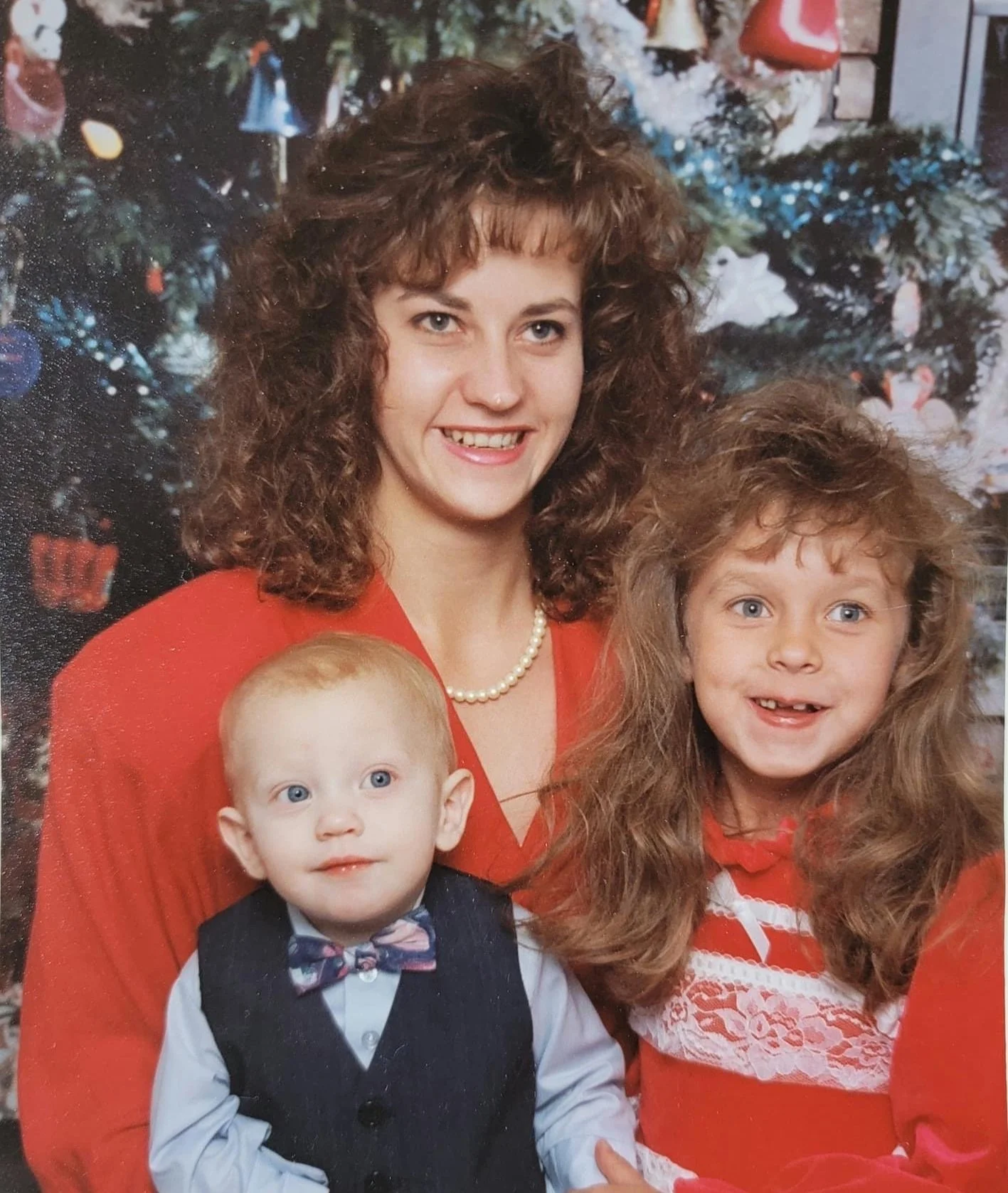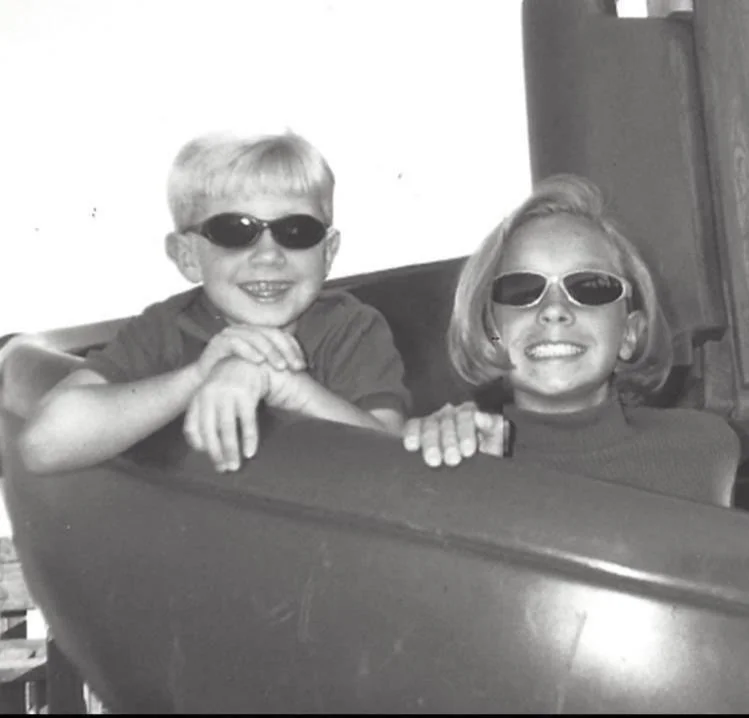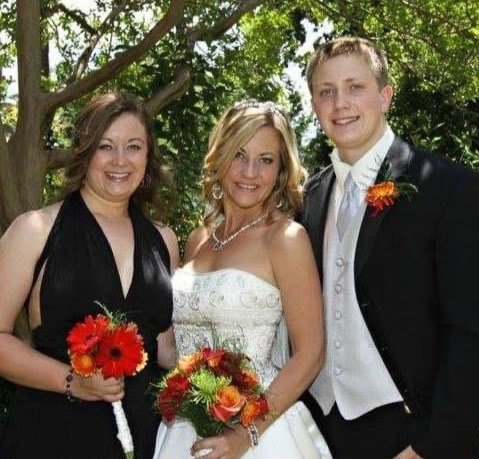ABOUT ME
I EMPOWER FEMALE EMOTIONAL ABUSE SURVIVORS TO HEAL THEIR UNPROCESSED TRAUMA
My unique approach uses creativity to unlock repressed feelings, offering an outlet for emotions that are difficult to convey. This involves a combination of artistic expression, self-healing techniques, and trauma-informed guidance to convert fear and anxiety into creative energy, reshaping neural pathways for emotional processing.
As a fellow abuse survivor, I understand that confronting your trauma and addressing old wounds in order to heal can be both painful and overwhelming.
Through my own trauma journey, I’ve found the magic in creative expression makes these challenging tasks less daunting.
From Survivor to Thriver
There is a nearly imperceptible yet insidious form of domestic violence that encompasses psychological, emotional, and sometimes even financial and physical tactics. Its subtle nature often makes it difficult to recognize, allowing it to go unnoticed by both victims and bystanders, as well as challenging to identify and comprehend.
Yet its effects can be profound and lasting.
This is our story.
-
Me and my kids endured a type of domestic violence that, in 2003, hadn’t been defined yet.
In fact, it wouldn't receive a name until four years later in 2007 when Evan Stark, Ph.D., clearly defined and documented it in his book..
What my ex-husband did to me, and my kids is called Coercive Control, and up until recently, I had never heard the term before… And I’m willing to bet, you probably haven’t either.
After a couple of years of marriage, my ex gradually and subtly began to manipulate me and my children. It started with isolating us from our support system and destabilized my financial independence so that we were completely dependent upon him. So that he had the power.
It was only then that the monster I married would show his true form.
He constantly undermined our self-esteem, berated, and demeaned all three of us, and tried to pit me and my kids against each other.
He annihilated our sense of self and deprived us of our personal agency.
It was similar to the "boiling frog" analogy, how a frog placed in water that’s slowly heating up won't realize how hot it is until it's too late.
Gradual changes can go unnoticed until they have a really significant impact.
-
After surviving and escaping the emotional abuse, you might wonder why I would conceal my pain and act like everything's fine. Well, let me break it down.
Throughout the majority of that messed-up marriage, I was made to believe that I was worthless, my thoughts and feelings didn't matter, I was a terrible parent, I didn’t make good decisions, and I was the problem because there was something wrong with me. Those words get under your skin after hearing them enough times. Any lie that’s repeated enough times can become truth inside the mind.
Even after I escaped that toxic situation, those doubts, and insecurities were still stuck in my head.
Just because he was gone didn’t mean his words went with him.
That perpetual intrusive voice in my head caused my survival instinct to kick in. You might think it only happens when you're in actual danger, like facing a tiger or in an extreme accident. But when you've dealt with a consistent cycle of emotional abuse, your brain, your psyche… They're in a constant state of high alert, too.
Not to mention your subconscious draws the shortest line between two points, it perceives the abuse as normal.
And so too, the feelings of worthlessness and anxiety become your new normal.
Admitting that I was hurting, admitting that someone had so much control over me that they messed up my mind, well, that’s a tough pill to swallow. It felt like I was giving him even more power over me.
So, I put on a smile, I put on a show. I started pushing down the pain, and compartmentalizing the feelings because that's the strategy I had learned that kept me sane, that helped me to survive.
You see, it's about trying to find control in a situation that makes you feel utterly powerless. And for a brief moment, pretending can make you feel like you've reclaimed something you lost.
But here's the catch: all that pretending and pushing things down? It doesn't really help in the long run. It's like trying to fix a deep wound with a band-aid. It might hide it for a while, but it won't make it heal properly and eventually, that wound is going to start bleeding.
-
Now onto, 2019... the year the Pandemic landed like a wrecking ball, obliterating the usual hustle and bustle of everyday life. Suddenly, there were no more convenient distractions to hide behind. It was just me, my thoughts, and my feelings—intimate companions I had long neglected.
Around that time, my daughter's struggles took a sharp turn, too. She began seeing both a psychiatrist and a psychologist. It was a litany of diagnoses: PTSD, ADHD, Generalized Anxiety Disorder, Major Depressive Disorder, Dissociative Amnesia, and Chronic Insomnia. My heart ached for her, and it felt like a whirlwind of trying to understand and support her.
Seeing her courage, and her determination to face her own battles head-on, I decided it was time to turn the spotlight on myself. That's when I stepped into therapy too. Diagnosis? Well, let's just say her struggles weren't hers alone. It was like standing in front of a mirror, and the reflection was this canvas of mental health challenges I never thought I'd be staring at.
Therapy—this sacred space where I bared my soul, stripped down my vulnerabilities, and confronted the tangled roots of my own anxieties. Progress was tangible, undeniable, but even in those sessions, there were parts of me that remained stubbornly silent. A tangle of emotions, wounds, and anxieties that seemed impossible to put into words. I felt stuck in that whirlpool of the unarticulated.
Stuck. A feeling that's like quicksand, slowly engulfing you. After a marathon of research, I stumbled upon something beautiful: Creativity. The key that unlocked doors I didn't know existed. And so, I let art become my voice, my conduit for the unspeakable. Paint, words, sketches, sculpture… They all flowed from me like a torrent, releasing the pain and trauma I had buried so deeply.
Art became my outlet; it was my secret passage into the depths I hadn't explored in years. Like therapy, but with colors, textures, and shapes. A masterpiece of healing, painted with my own hands, my transformation from survivor to thriver.
And so, in the midst of the chaos, my daughter and I, with our own set of struggles, forged a path illuminated by vulnerability and creativity. With every creation, we pieced together the fragments of our individual identities, rewriting our narratives from a place of strength and vulnerability. And we realized that sometimes the best way to heal is to embrace the creative chaos within ourselves.
It's not a sprint, this journey. It's more like a mural we're painting together – vivid, messy, and full of stories we're not afraid to tell.
“Turning your trauma into strength means refusing to let it control your destiny” - Unknown.
Let’s stay connected!
In my newsletter, I’ll be sharing lots of tips, resources, journals, and guides to help you on your healing journey.






